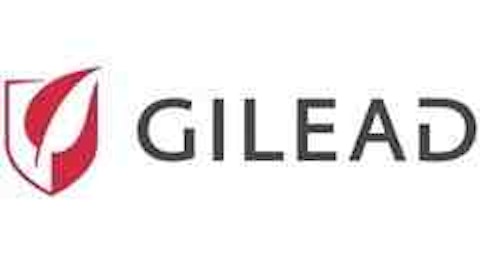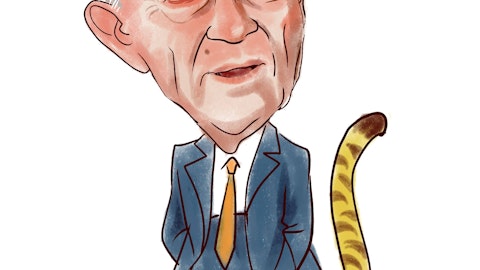For instance, the Tekla Life Sciences Investors Fund (NYSE:HQL) is a $380 million CEF that invests primarily in a basket of biotechnology stocks with a total net expense ratio of 1.23%. It doesn’t currently employ any leverage and it has a stated distribution yield of 9.21%. The interesting thing is that a 3-year chart of this fund versus the iShares NASDAQ Biotechnology Index (ETF) (NASDAQ:IBB) shows a very similar total return pattern. IBB only charges an expense ratio of 0.47% annually.
I also don’t know many biotech companies that pay 9% yields. So to make that distribution, HQL is going to have to rely on either return of capital or distribution of realized capital gains.
I’m not trying to single out HQL as a bad investment because it may well outperform other equity strategies over the long-term. However, there are a myriad of sector and simple factor selection CEFs that can probably be replaced with a cheaper ETF equivalent. The point is to make sure there is a definable value proposition in the CEF strategy above just a pseudo-passive index.
Follow Abrdn Life Sciences Investors (NYSE:HQL)
Follow Abrdn Life Sciences Investors (NYSE:HQL)
3. Price Patterns That Differ From Asset Class Expectations
Investors have certain expectations when they purchase a fund tied to a specific asset class. For example, a stock-based fund should rise when the S&P 500 index moves higher or a bond fund will see its price inversely tied to interest rates. This is usually true for open-ended funds that trade at net asset value (NAV) daily. However, it can be a much different story in a closed-end fund.
Because a CEF can trade at a premium or discount to its NAV, it can diverge from the broader market and sound logic. These vehicles are often more susceptible to investor sentiment rather that the exact weighted price movement of the underlying holdings. That is why they are prone to overshooting on the way higher and the way lower.
In my experience, most CEFs trade as risk assets even if they are primarily made up of bonds. This makes for an interesting psychology to adapt to and is why they aren’t always the best tools for those who want strict adherence to conventional asset classes.
This is also why it’s best to be a buyer of CEFs after they have experienced a period of discount widening or premium compression. Volatility should be your friend in this investment vehicle and looked upon as an opportunity-generating mechanism.
Investors who are just getting started with CEFs should spend time watching how they perform in relation to their NAV trends. You can find these chart patterns on free websites such as Morningstar.com or CEFconnect.com.
Follow Ishares Trust (NASDAQ:IBB)
Follow Ishares Trust (NASDAQ:IBB)
The Bottom Line
Closed-end funds are exciting tools for income investors who understand the functions of the vehicle and how the underlying portfolio is positioned. They can be used as both tactical positions to supplement diversified core exposure or as an independent strategy with alpha-generating potential. Those who have the most success understand both the risks and opportunities that these funds create and are comfortable with their quirky nature.
Learn more about how we select holdings and construct our Dynamic CEF Income Portfolio here.
Note: This article is written by David Fabian and was originally published on the FMD Capital Management blog. FMD Capital Management is a fee-only investment advisor which provides daily updates on ETFs, portfolio strategies, and market insights. Contact them for a free portfolio review.






